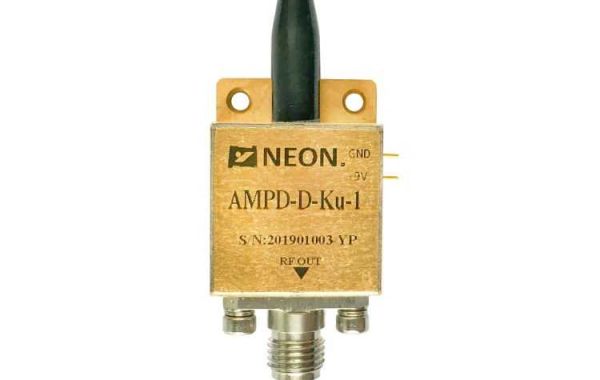Light can excite plasmons on the metal surface, and the plasmons can further excite high-energy hot electrons. These hot electrons can cross the metal/semiconductor Schottky junction to form a current, thereby realizing the conversion of light to electricity and realizing optoelectronics. probe. Therefore, a new plasmonic thermionic photodetector composed of a metal/semiconductor Schottky junction has recently been developed.
Compared with traditional semiconductor detectors, this detector has special advantages: it can detect photons with energies smaller than the semiconductor band gap, and its response wavelength can be controlled and continuously adjusted by manipulating the metal nanostructure. In recent years, most of the research on plasmonic thermionic photodetectors has focused on the improvement of the responsivity of thermionic detectors, while the detection rate and response speed, which are two crucial performances in the fields of optical imaging and optical communication, lack corresponding Research.
The silver/titanium oxide Schottky junction is considered an ideal building material for thermionic detectors. On the one hand, silver has a high plasmonic local field and narrow hot electron energy distribution, which can produce high photoelectric conversion efficiency. On the other hand, titanium oxide has a high conduction band state density, which facilitates the rapid transfer of electrons. Therefore, thermionic detectors based on Ag/TiO Schottky junctions are expected to have high detection rate and fast response speed.
Researchers from the Institute of Solid State Research have fabricated a plasmonic thermionic photodetector based on a hole-array silver/titanium oxide Schottky junction (Figure 1). The detector exhibits fast response speed and high detection rate. Under the condition of light with a wavelength of 450 nm and zero bias, its photoresponse rise and fall times are 112 μs and 24 μs, respectively, and the detection rate is 9.8 × 1010 cmHz1/2/W (Fig. 2), both performance indicators are higher than those reported in the previous literature. Then the high speed photodetector can increase the photoresponsivity of the device from 3.4 mA/W to 7.4 mA/W by lowering the Schottky barrier height.








